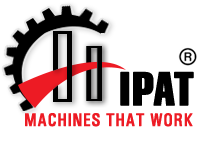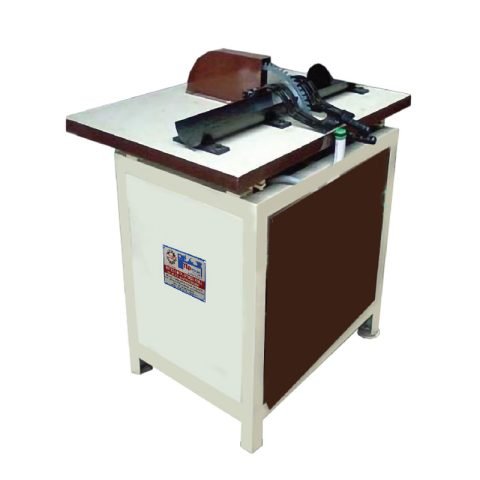| DESCRIPTION | CEB-13042 | CEB-13043 |
| Edge Width | 10-50MM | 10-50MM |
| Tape Thickness | 0.3-3mm | 0.3-2mm |
| Min.Working Radius | 20mm | 20mm |
| Feeding Speed | 1-18m/min | 8m/min |
| Heating Power | 1.73KW | 1.2KW |
| Feed Motor | 0.2KW | 0.2KW |
Here are some key aspects and considerations when working with curvilinear edge banding:
Flexible Edge Banding Material
Curvilinear edge banding requires using edge banding material that is specifically designed to be flexible and conform to curved surfaces. These materials are often made of PVC or other thermoplastic compounds that can be heated and shaped.
Heat Activation
To make the edge banding material flexible and malleable, heat is applied to soften it. This can be done using a heat gun or a specialized edge banding machine with a heating element. The heat softens the material, allowing it to be easily shaped and applied to the curved edge.
Application Process
The process of applying curvilinear edge banding involves heating the material, carefully aligning it with the curved edge of the workpiece, and pressing it firmly into place. Pressure is applied to ensure proper adhesion and bonding between the banding and the workpiece.
Trimming and Finishing
Once the edge banding is applied, excess material is trimmed away using a sharp utility knife or a specialized edge trimming tool. Care must be taken to achieve clean and precise cuts along the curved edge. After trimming, the edge banding is sanded or buffed to provide a smooth and seamless transition between the banding and the surface of the workpiece.
Customization and Matching
Curvilinear edge banding allows for customization and matching of the banding material to the desired design or aesthetic. The edge banding can be selected in various colors, patterns, and textures to complement the overall appearance of the workpiece.











There are no reviews yet.